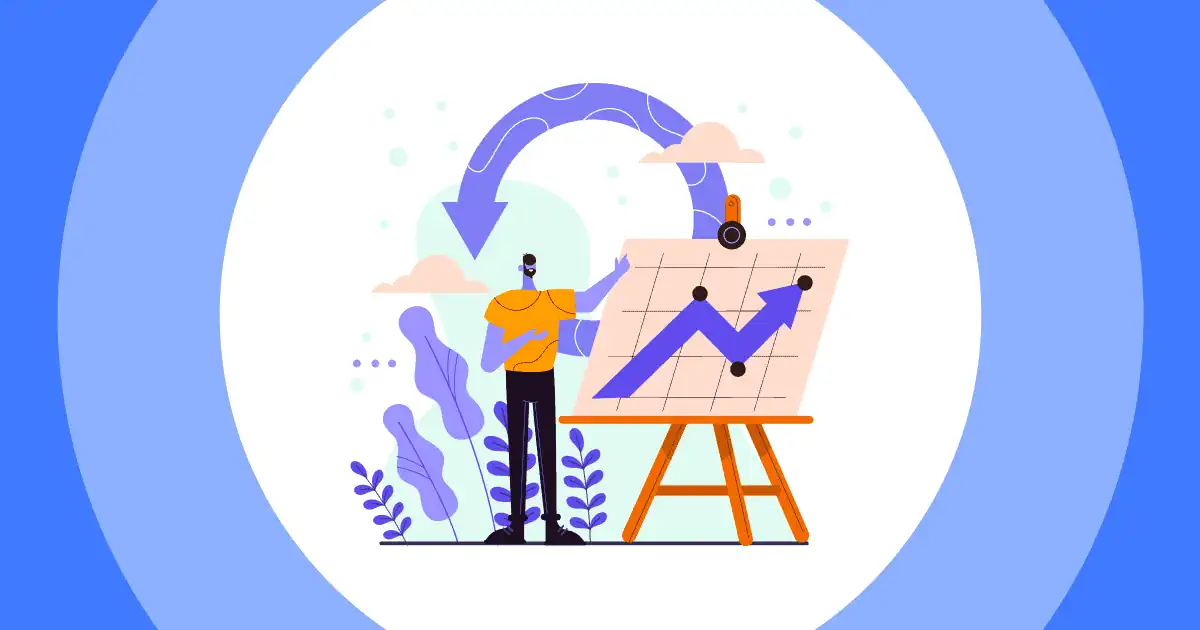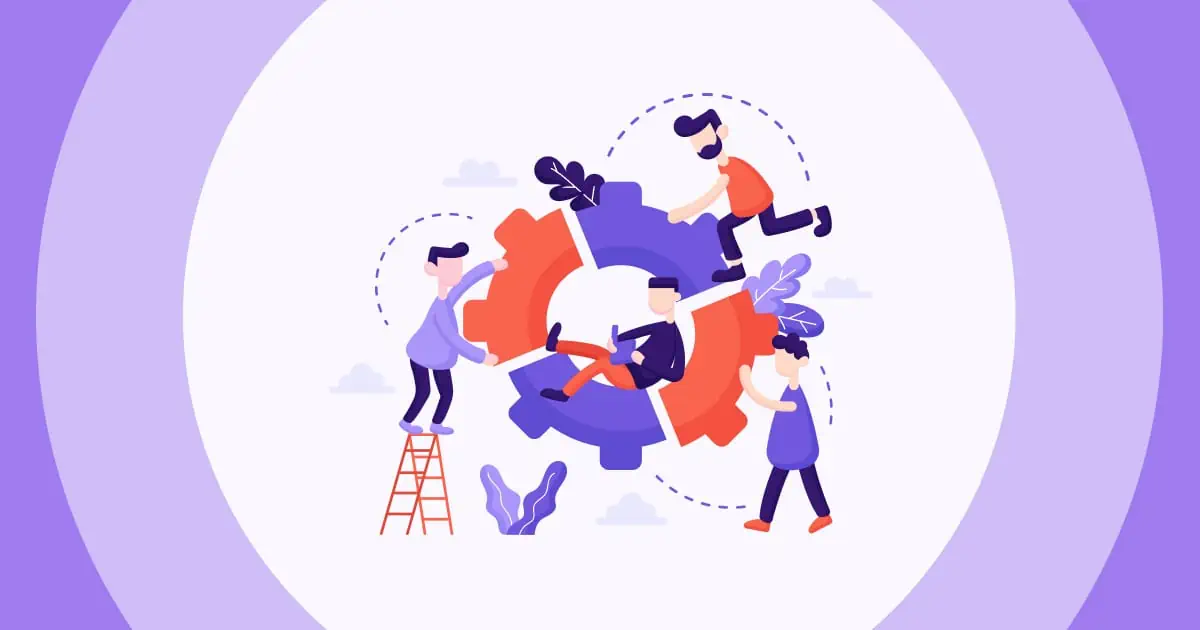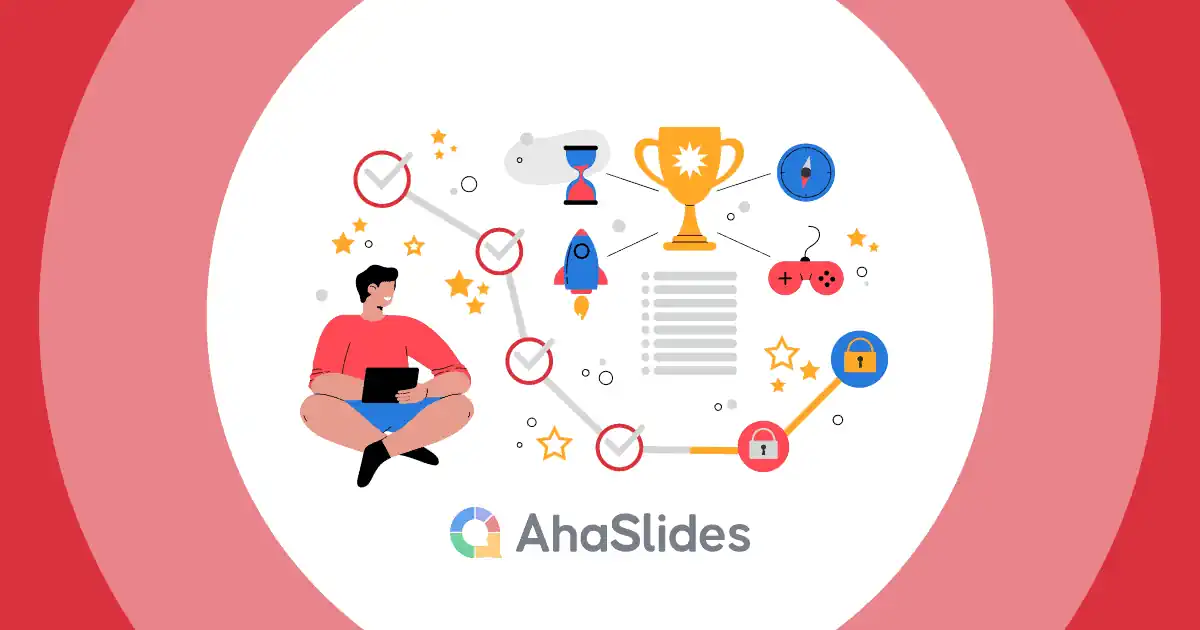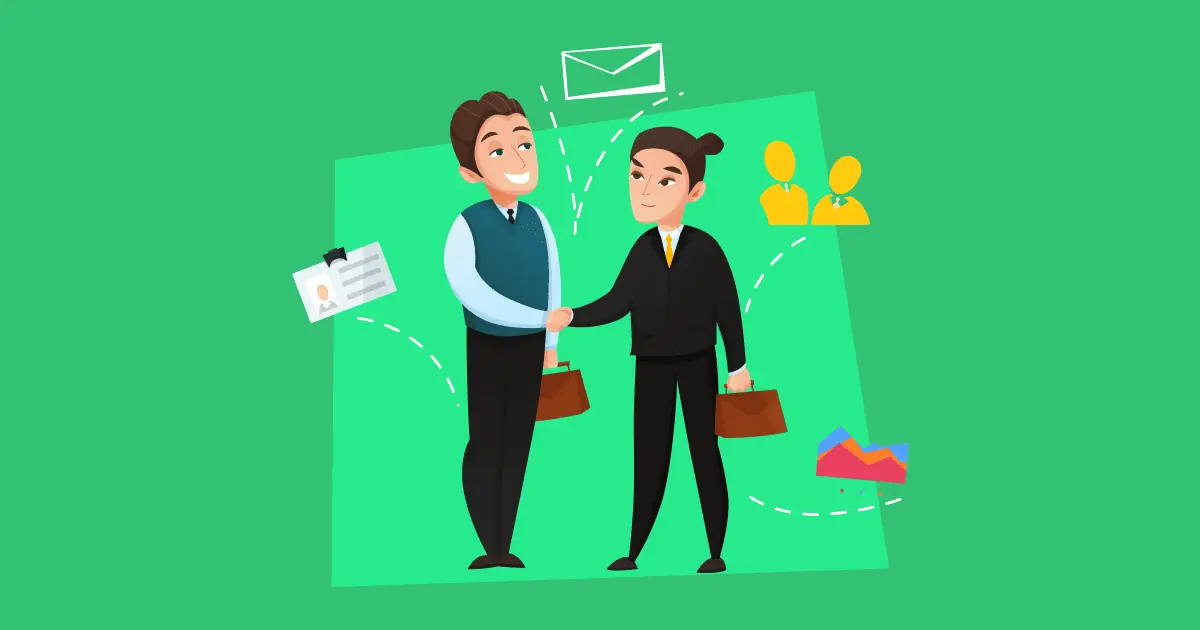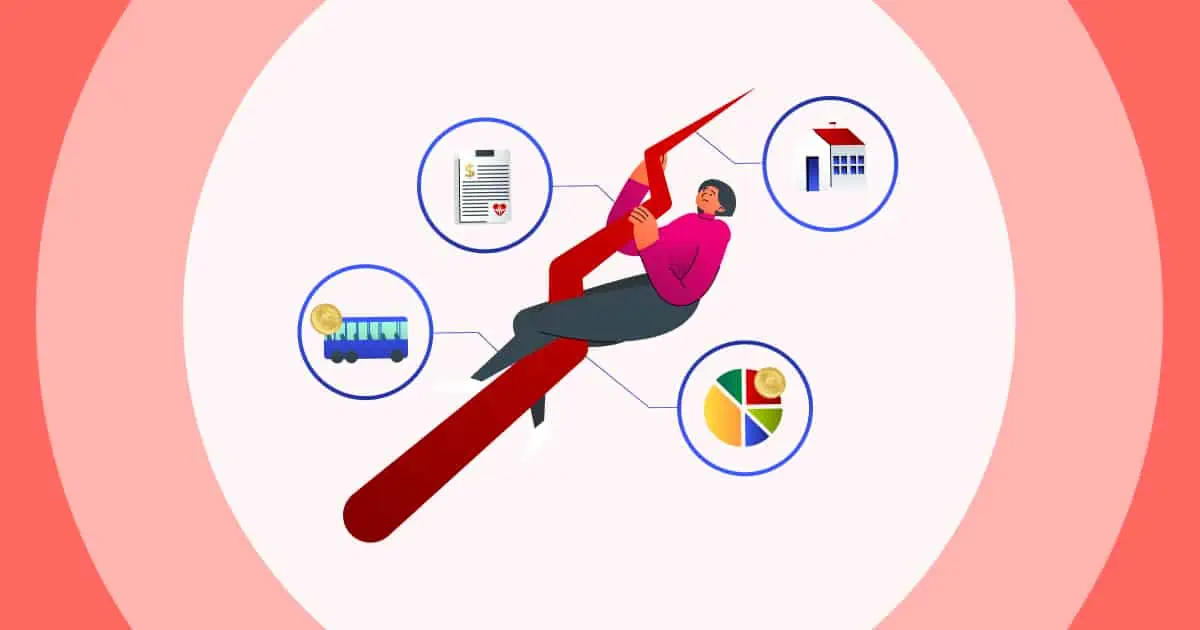Bereid je je voor op een sollicitatiegesprek waarin je je creatieve probleemoplossend vermogen moet laten zien? Snel kunnen nadenken en concrete voorbeelden van innovatieve probleemoplossing kunnen bespreken, is een belangrijke kracht waar veel werkgevers naar op zoek zijn.
Om een dieper inzicht in deze vaardigheid te krijgen en ons voor te bereiden op gerelateerde interviewvragen, duiken we dieper in creatieve probleemoplossende voorbeelden in het bericht van vandaag.
Van vragen over het methodisch aanpakken van uitdagingen tot vragen om een onconventionele oplossing te beschrijven die u hebt voorgesteld: we behandelen een aantal veelvoorkomende interviewonderwerpen over probleemoplossing.
Inhoudsopgave
- Wat is creatieve probleemoplossing?
- Voordelen van creatieve probleemoplossende vaardigheden
- 9 Creatieve probleemoplossende interviewvragen en antwoorden
- #1. Hoe pak je een nieuw probleem of uitdaging aan?
- #2. Welke radicaal nieuwe of andere manieren om een uitdaging aan te pakken?
- #3. Kun je een voorbeeld geven van een moment waarop je een creatieve oplossing voor een probleem bedacht?
- #4. Kunt u zich een keer herinneren dat u met succes een crisis heeft beheerst?
- #5. Kun je drie veel voorkomende barrières voor creativiteit noemen en hoe je ze allemaal kunt overwinnen?
- #6. Heb je ooit een probleem moeten oplossen, maar had je daarvoor niet alle benodigde informatie? En wat heb je toen gedaan?
- #7. Wat doe je als het onmogelijk lijkt om de juiste oplossing voor een probleem te vinden?
- #8. Hoe weet je wanneer je het probleem zelf moet aanpakken of om hulp moet vragen?
- #9. Hoe blijf je creatief?
- Tips om uw creatieve probleemoplossende vaardigheden te verbeteren
- Conclusie
- Veelgestelde Vragen / FAQ
Meer tips met AhaSlides
Bekijk meer interactieve ideeën met AhaDia's
- Zes denkhoeden
- Creatief denkvermogen
- Voorbeelden van coaching op de werkvloer
- Voorbeelden van besluitvorming

Op zoek naar een tool voor betrokkenheid op het werk?
Verzamel je vrienden voor een leuke quiz op AhaSlides. Meld je aan voor een gratis quiz uit de sjablonenbibliotheek van AhaSlides!
🚀 Grijp gratis quiz☁️
Wat is creatieve probleemoplossing?
Zoals de naam al impliceert, Creative Problem Solving is een proces van het creëren van unieke en innovatieve oplossingen voor problemen of uitdagingen. Het vereist het bedenken van out-of-the-box ideeën in plaats van de traditionele manier van werken. Het vereist een combinatie van anders denken, uitzoeken wat het beste is, dingen vanuit verschillende perspectieven bekijken en nieuwe kansen grijpen of ideeën genereren.
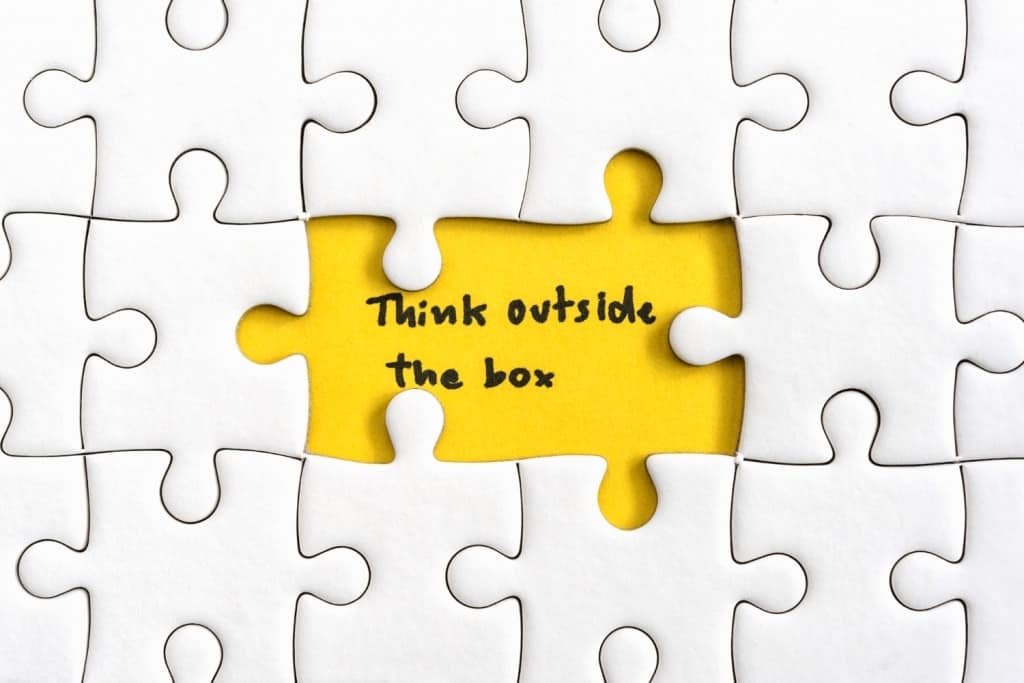
En vergeet niet dat het doel van creatieve probleemoplossing is om praktische, effectieve en unieke oplossingen te vinden die verder gaan dan conventionele (en soms riskante natuurlijk).
Heeft u meer voorbeelden van creatieve probleemoplossing nodig? Lees verder!
Voordelen van creatieve probleemoplossende vaardigheden
Als kandidaat kan het hebben van creatieve probleemoplossende vaardigheden verschillende voordelen opleveren, waaronder:
- Vergroot de inzetbaarheid: Werkgevers zijn op zoek naar mensen die niet vastzitten in een sleur, maar kritisch kunnen denken, problemen kunnen oplossen en creatieve oplossingen kunnen bedenken – dingen die efficiënter werken en meer tijd en moeite besparen. Door je vaardigheden te laten zien, word je aantrekkelijker en vergroot je je kansen op een baan.
- Verbeter de besluitvorming: Ze helpen je om problemen vanuit verschillende invalshoeken te benaderen en betere beslissingen te nemen.
- Vergroot het aanpassingsvermogen: Het vermogen om creatieve oplossingen te vinden, kan u helpen zich aan te passen aan veranderingen en nieuwe uitdagingen effectief aan te pakken.
- Prestatie verbeteren: Het op innovatieve manieren oplossen van problemen kan leiden tot verhoogde productiviteit, prestaties en efficiëntie.
In de explosieve groei van de generatieve AI-wereld wordt het beschouwd als een van de belangrijkste soft skills voor werknemers. Ga naar het volgende deel voor interviewvragen over probleemoplossing, inclusief antwoorden👇
9 Creatieve probleemoplossende interviewvragen en antwoorden
Hier zijn enkele creatieve probleemoplossende voorbeelden van interviewvragen, samen met voorbeeldantwoorden:
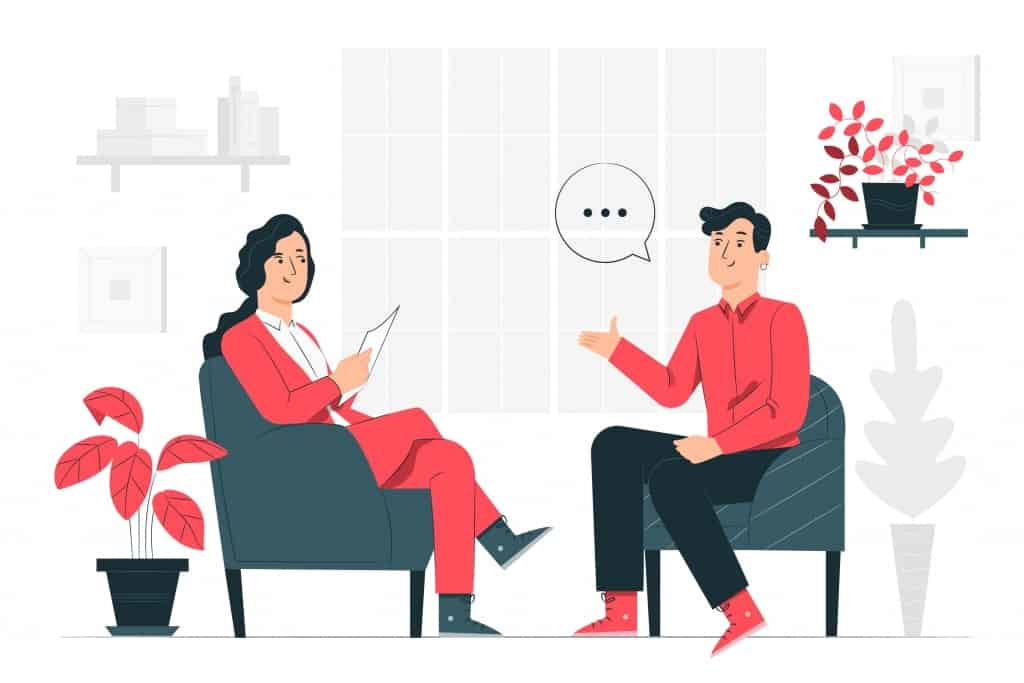
#1. Hoe pak je een nieuw probleem of uitdaging aan?
Dit is het moment waarop u de interviewer uw manier van doen, uw manier van denken moet laten zien.
Voorbeeld antwoord: Ik begin met het verzamelen van informatie en het grondig begrijpen van het probleem. Vervolgens brainstorm ik over mogelijke oplossingen en overweeg welke de meeste potentie hebben. Ik denk ook na over de potentiële risico's en voordelen van elke oplossing. Vervolgens selecteer ik de beste oplossing en stel ik een actieplan op om deze te implementeren. Ik evalueer de situatie continu en stuur zo nodig bij totdat het probleem is opgelost.
#2. Welke radicaal nieuwe of andere manieren om een uitdaging aan te pakken?
Deze vraag is een moeilijkere versie van de vorige. Het vereist innovatieve en unieke oplossingen voor een uitdaging. De interviewer wil weten of je verschillende benaderingen voor probleemoplossing hebt. Het is belangrijk om te onthouden dat je niet per se het beste antwoord moet geven, maar dat je moet laten zien dat je creatief kunt denken en nieuwe ideeën kunt bedenken.
Voorbeeld antwoord: Een compleet andere manier om deze uitdaging aan te pakken, is door samen te werken met een bedrijf of organisatie buiten onze branche. Dit kan een nieuw perspectief en nieuwe ideeën opleveren. Een andere aanpak zou kunnen zijn om medewerkers van verschillende afdelingen te betrekken bij het probleemoplossingsproces. Dit kan leiden tot cross-functionele oplossingen en een breed scala aan ideeën, perspectieven en meer uiteenlopende punten.
#3. Kun je een voorbeeld geven van een moment waarop je een creatieve oplossing voor een probleem bedacht?
De interviewer heeft meer concreet bewijs of voorbeelden nodig van uw creatieve probleemoplossende vaardigheden. Beantwoord de vraag dus zo specifiek mogelijk en laat ze specifieke statistieken zien, indien beschikbaar.
Voorbeeldantwoord: Ik ben bezig met een marketingcampagne en we hebben moeite om een specifieke doelgroep te bereiken. Ik dacht hier vanuit een ander perspectief over na en kwam op een idee. Het idee was om een reeks interactieve evenementen te creëren, zodat klanten onze producten op een unieke en leuke manier konden ervaren. De campagne was een enorm succes en overtrof de doelstellingen op het gebied van betrokkenheid en verkoop.
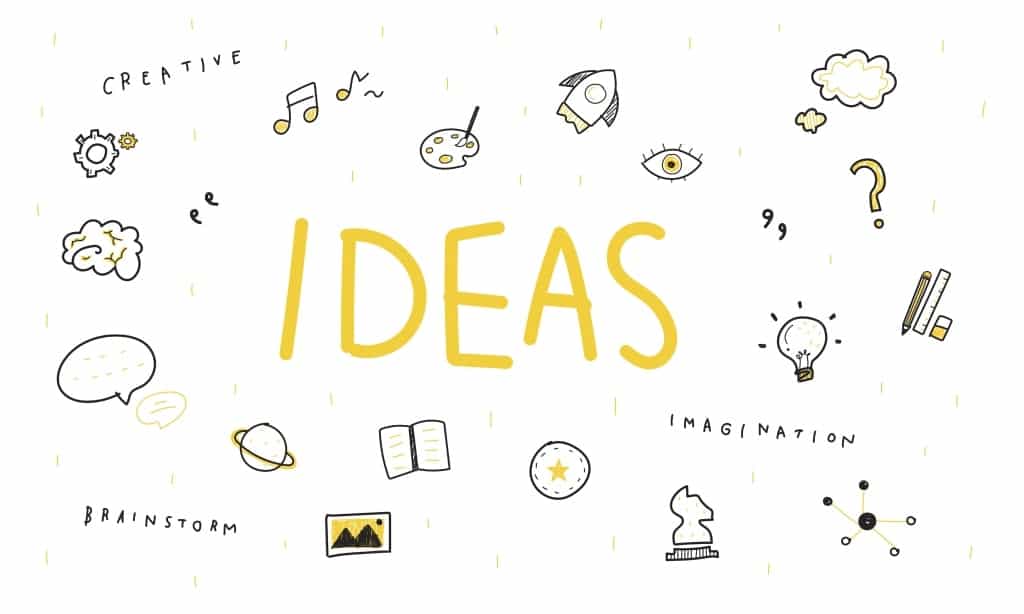
#4. Kunt u zich een keer herinneren dat u met succes een crisis heeft beheerst?
Interviewers willen zien hoe u omgaat met situaties onder hoge druk en hoe u problemen effectief oplost.
Voorbeeld antwoord: Toen ik aan een project werkte, was een van de belangrijkste teamleden plotseling niet beschikbaar vanwege een noodgeval. Hierdoor dreigde het project vertraging op te lopen. Ik heb de situatie snel beoordeeld en een plan gemaakt om taken opnieuw toe te wijzen aan andere teamleden. Ik heb ook effectief met de klant gecommuniceerd om ervoor te zorgen dat zij op de hoogte waren van de situatie en dat we nog steeds op schema lagen om onze deadline te halen. Dankzij effectief crisismanagement konden we de projecttaken op tijd en zonder grote problemen afronden.
#5. Kun je drie veel voorkomende barrières voor creativiteit noemen en hoe je ze allemaal kunt overwinnen?
Dit is hoe de interviewer uw perspectief peilt en u onderscheidt van andere kandidaten.
Voorbeeld antwoord: Ja, ik kan drie veelvoorkomende barrières voor creativiteit bij het oplossen van problemen identificeren. Ten eerste kan faalangst mensen ervan weerhouden risico's te nemen en nieuwe ideeën uit te proberen. Ik overwin dit door falen te zien als een leermoment en mezelf aan te moedigen om met nieuwe ideeën te experimenteren.
Ten tweede kunnen beperkte middelen zoals tijd en geld mijn creativiteit beperken. Ik overwin dit door prioriteit te geven aan probleemoplossing in mijn schema en de beste, kosteneffectieve tools en methoden te vinden. Ten slotte kan een gebrek aan inspiratie mijn creativiteit belemmeren. Om dit te overwinnen, stel ik mezelf bloot aan nieuwe ervaringen en omgevingen, probeer ik nieuwe hobby's uit, reis ik en omring ik mezelf met mensen met andere perspectieven. Ik lees ook over nieuwe ideeën en tools en houd een dagboek bij om mijn gedachten en ideeën vast te leggen.
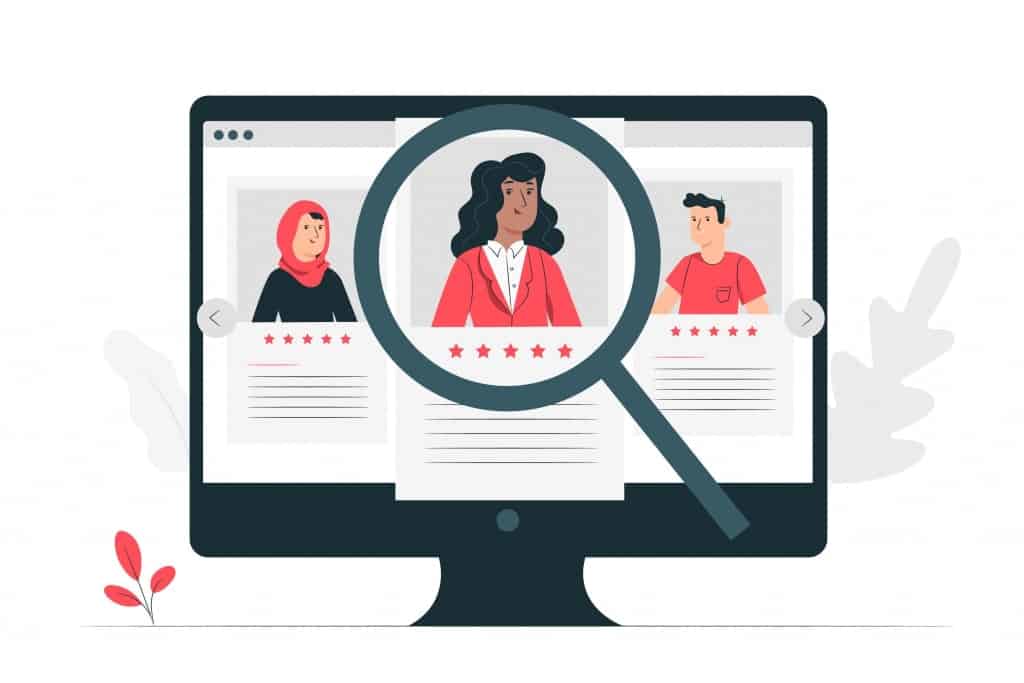
#6. Heb je ooit een probleem moeten oplossen, maar had je daarvoor niet alle benodigde informatie? En wat heb je toen gedaan?
Te maken krijgen met een "plotseling" probleem is een veelvoorkomende situatie die je in elke werkomgeving tegenkomt. Werkgevers willen graag weten hoe je redelijk en effectief met dit ongemak omgaat.
Voorbeeld antwoord: "In dergelijke gevallen zoek ik proactief informatie uit verschillende bronnen om de situatie beter te begrijpen. Ik praat met belanghebbenden, doe online onderzoek en gebruik mijn ervaring en kennis om eventuele hiaten op te vullen. Ik stel ook verhelderende vragen over het probleem en welke informatie ontbreekt. Dit stelt me in staat om een holistisch beeld van het probleem te vormen en te werken aan een oplossing, zelfs wanneer niet alle informatie beschikbaar is.
#7. Wat doe je als het onmogelijk lijkt om de juiste oplossing voor een probleem te vinden?
Werkgevers zijn op zoek naar kandidaten met probleemoplossend vermogen, creativiteit en kritisch denkvermogen. De antwoorden van de kandidaat kunnen ook hun probleemoplossende strategieën, denkvermogen en veerkracht in het licht van uitdagingen laten zien.
Voorbeeld antwoord: Als ik een probleem tegenkom dat ik niet lijk op te lossen, gebruik ik een meerstappenaanpak om deze uitdaging te overwinnen. Ten eerste probeer ik het probleem te herkaderen door het vanuit een andere hoek te bekijken, wat vaak tot nieuwe ideeën en inzichten leidt. Ten tweede vraag ik mijn collega's, mentoren of experts in het vakgebied om hun perspectief en advies. Samenwerken en brainstormen met anderen kan leiden tot nieuwe oplossingen.
Ten derde neem ik een pauze, door er even afstand van te nemen en iets compleet anders te doen om mijn geest leeg te maken en een nieuw perspectief te krijgen. Ten vierde bekijk ik het probleem opnieuw met een frisse blik en hernieuwde focus. Ten vijfde overweeg ik alternatieve oplossingen of benaderingen, waarbij ik probeer open te staan voor nieuwe ideeën en onconventionele opties te verkennen. Ten slotte verfijn en test ik de oplossing om te garanderen dat deze aan de eisen voldoet en het probleem effectief oplost. Dit proces stelt me in staat om creatieve en innovatieve oplossingen te vinden, zelfs wanneer het probleem moeilijk op te lossen lijkt.
#8. Hoe weet je wanneer je het probleem zelf moet aanpakken of om hulp moet vragen?
Met deze vraag wil de interviewer een beter beeld krijgen van uw vermogen om situaties in te schatten, flexibel te zijn bij het oplossen van problemen en ervoor te zorgen dat u zowel zelfstandig als in teamverband kunt werken.
Voorbeeld antwoord: Ik zou de situatie beoordelen en bepalen of ik over de vaardigheden, kennis en middelen beschik die nodig zijn om het probleem effectief op te lossen. Als het probleem complex is en mijn mogelijkheden te boven gaat, zal ik hulp zoeken bij een collega of leidinggevende. Maar als ik het me kan veroorloven en het probleem effectief kan aanpakken, zal ik het zelf aanpakken. Mijn uiteindelijke doel is echter nog steeds om op tijd de beste oplossing voor het probleem te vinden."
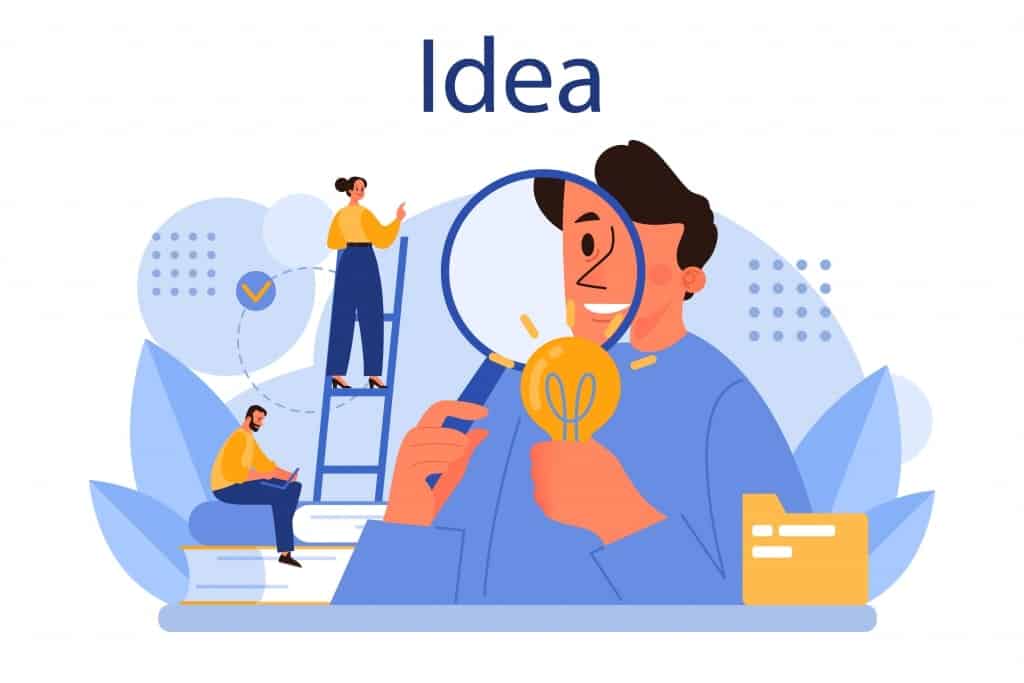
#9. Hoe blijf je creatief?
Als je in de creatieve sector werkt, zullen veel interviewers deze vraag stellen, omdat een "creatieve blokkade" een veelvoorkomend probleem is onder professionals. Ze willen daarom graag weten welke methoden je hebt gebruikt om weer in de flow te komen.
Voorbeeld antwoord: Ik verdiep me in brede onderwerpen om nieuwe connecties te creëren. Ik lees veel, observeer verschillende branches en stel mezelf bloot aan kunst/muziek om perspectief te vinden. Ik brainstorm ook regelmatig met diverse groepen, omdat andere perspectieven mijn creativiteit aanwakkeren. En ik houd een lijst bij van ideeën – zelfs de meest vergezochte – omdat je nooit weet waar innovaties toe kunnen leiden. Een eclectische aanpak helpt me problemen op vernieuwende, maar praktische manieren op te lossen.
Tips om uw creatieve probleemoplossende vaardigheden te verbeteren
Hier zijn enkele tips om uw creatieve probleemoplossende vaardigheden te helpen:
- Praktijk actief luisteren en observatie: Besteed aandacht aan de details om je heen en luister actief naar wat anderen zeggen.
- Verbreed je perspectief: Ga op zoek naar nieuwe ervaringen en informatie die je denken kunnen verruimen en je kunnen helpen problemen vanuit nieuwe invalshoeken te benaderen.
- Teamwork: Werken met anderen kan leiden tot verschillende perspectieven en u helpen creatievere oplossingen te bedenken.
- Blijf nieuwsgierig: Blijf vragen stellen om een nieuwsgierige en ruimdenkende houding te behouden.
- Gebruik visualisatie en mindmapping: Deze hulpmiddelen kunnen u helpen problemen in een nieuw licht te zien en op een meer georganiseerde manier na te denken over mogelijke oplossingen.
- Zorg voor geestelijke gezondheid: Door pauzes te nemen en ontspannende activiteiten te ondernemen, kunt u verfrist blijven en een burn-out voorkomen.
- Mislukking omarmen: Wees niet bang om nieuwe manieren te proberen en te experimenteren met verschillende oplossingen, zelfs als ze niet werken.
Conclusie
Hopelijk heeft dit artikel je nuttige voorbeelden van creatieve probleemoplossing gegeven en je goed voorbereid om punten te scoren bij recruiters. Wil je je creatieve probleemoplossende vaardigheden verbeteren? Dan is het belangrijk om een groeimindset te omarmen, fouten te accepteren, creatief te denken en samen te werken met anderen.
En vergeet niet creatief te zijn met AhaSlides openbare sjablonenbibliotheek!
Veelgestelde Vragen / FAQ
Wat is een goed voorbeeld van probleemoplossing voor een sollicitatiegesprek?
Wanneer u de vragen van de interviewer beantwoordt, zorg er dan voor dat u de volgende aanpak gebruikt: definieer het probleem duidelijk, verzamel relevante gegevens, analyseer de oorzaken, stel een creatieve oplossing voor, houd de impact bij en kwantificeer de resultaten.
Wat is een creatieve benadering van probleemoplossing?
Stel je oordeel uit. Verwerp tijdens het brainstormen over ideeën niet meteen suggesties, hoe vreemd ze ook lijken. Wilde ideeën kunnen soms leiden tot baanbrekende oplossingen.

